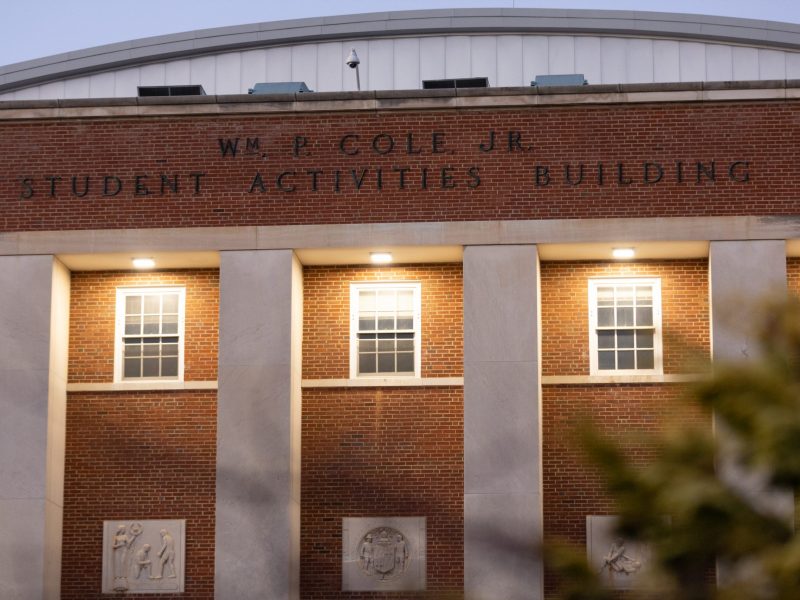By Hannah Lang
@hannahdlang
Staff writer
Before she started working at the University of Maryland’s vanEngelsdorp Bee Lab, junior Emily Starobin had never gardened or reared butterflies.
This summer, the environmental science and policy and Spanish major learned how to do just that as the head of the lab’s Baltimore checkerspot butterfly reintegration project, which aims to bring the endangered butterfly to Prince George’s County.
“For butterflies, I think the monarch is given a lot of attention … but I think that a lot of people don’t know that the Baltimore checkerspot is the state insect,” she said.
The Baltimore checkerspot butterfly is rare in Maryland, existing in just seven counties, Starobin said. Its population is difficult to maintain because the larvae and caterpillars feed only on the white turtlehead — a plant that thrives in marshy areas.
Deer are also particularly fond of the white turtlehead, meaning they regularly chew through the Baltimore checkerspot’s habitat, Starobin said.
“The turtlehead project is important because we are trying to remove our state butterfly from the endangered species list,” said Laura Tiffany, a sophomore biology major, in an email. “The turtlehead gardens are another way that we are showing our Maryland pride.”
The vanEngelsdorp Bee Lab, the university arboretum and a group called PollinaTerps were able to raise $5,080 last spring through a Launch UMD campaign. They used the funds to purchase white turtleheads, as well as enclosures to protect the plants from deer.
“Our goal for the end of the summer is to have 500 square feet of turtleheads,” Starobin said. “Some of us in the lab, myself included, have never reared butterflies before, so that’s something we’ll have to do once we have the turtlehead plants healthy and in a sustainable place.”
Starobin, along with other students in the lab, has already planted one plot of 350 plants behind the Xfinity Center and is planning another in a meadow close to the first plot.
Judy Joklik, a lab tech who graduated from this university in Spring 2016 with a degree in anthropology, said she has helped to clear and prepare the fields for planting — a labor-intensive process to accommodate the white turtlehead’s propensity for marshes and swamps.
The process is “a task that is much more rewarding when I think about what we are doing it for,” she said.
At the end of the summer, the lab’s goal is to have the white turtleheads ready to host Baltimore checkerspot larvae, which will first be delivered to the lab and checked for disease.



